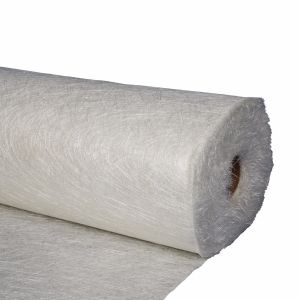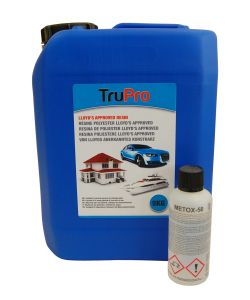Summer is the optimum time for any large fibreglass repairs as there is less rain, improved temperatures and generally good working conditions.
However, what do you need to do when temperatures start to rise beyond normal? In this post, we're sharing our top tips!

- Always check the local weather forecast, it is a good idea to have an app on your phone that you rely on for this.
- Check the temperature. Do not start fibreglassing if the temperature is above 35°C as it will cure too quickly. Use the catalyst addition chart to calculate the percentage of resin that should be used.
- Leave the resin and topcoat in the shade to prevent direct sunlight from heating them up.
- The curing time of the resin and topcoat depends on the percentage catalyst used and the temperature. In hotter weather, the resin will cure faster, therefore to avoid wasting material, mix the resin in smaller batches than you normally would.
- Apply resin in shorter runs, this will give you a chance to consolidate the resin into the glass before it cures.
- Use a temperature sensor to measure the surface temperature of the laminate before applying the topcoat. The topcoat will cure tacky at this temperature and debris can stick to it which will impair the finish.
- Remember the roof will be hotter on the side that faces the sun. If possible try to avoid applying fibreglass in direct sunlight, wait till later in the day if possible.
| Catalyst Addition Chart | ||||
|
Ambient Temperature |
27-30°C | 19-26°C | 2-18°C | 5-11°C |
| Percentage Catalyst | 1% | 2% | 3% | 4% |
| Weight of Resin | Catalyst Usage | |||
| 1kg | 10ml | 20ml | 30ml | 40ml |
| 2kg | 20ml | 40ml | 60ml | 80ml |
| 3kg | 30ml | 60ml | 90ml | 120ml |
| 4kg | 40ml | 80ml | 120ml | 160ml |
| 5kg | 50ml | 100ml | 150ml | 200ml |
| 6kg | 60ml | 120ml | 180ml | 240ml |







